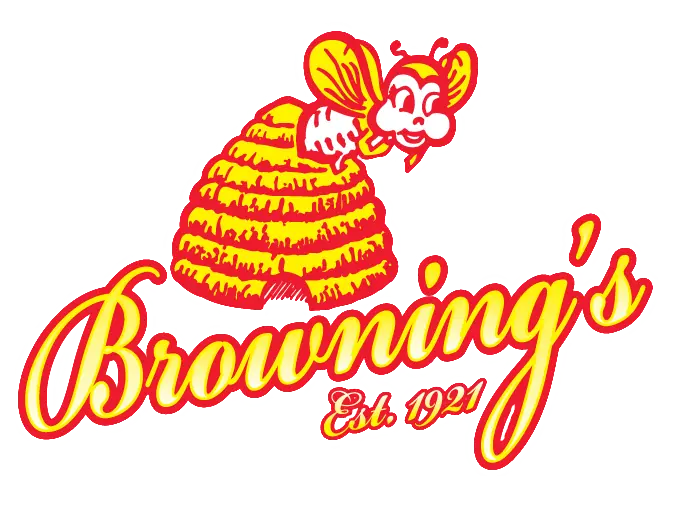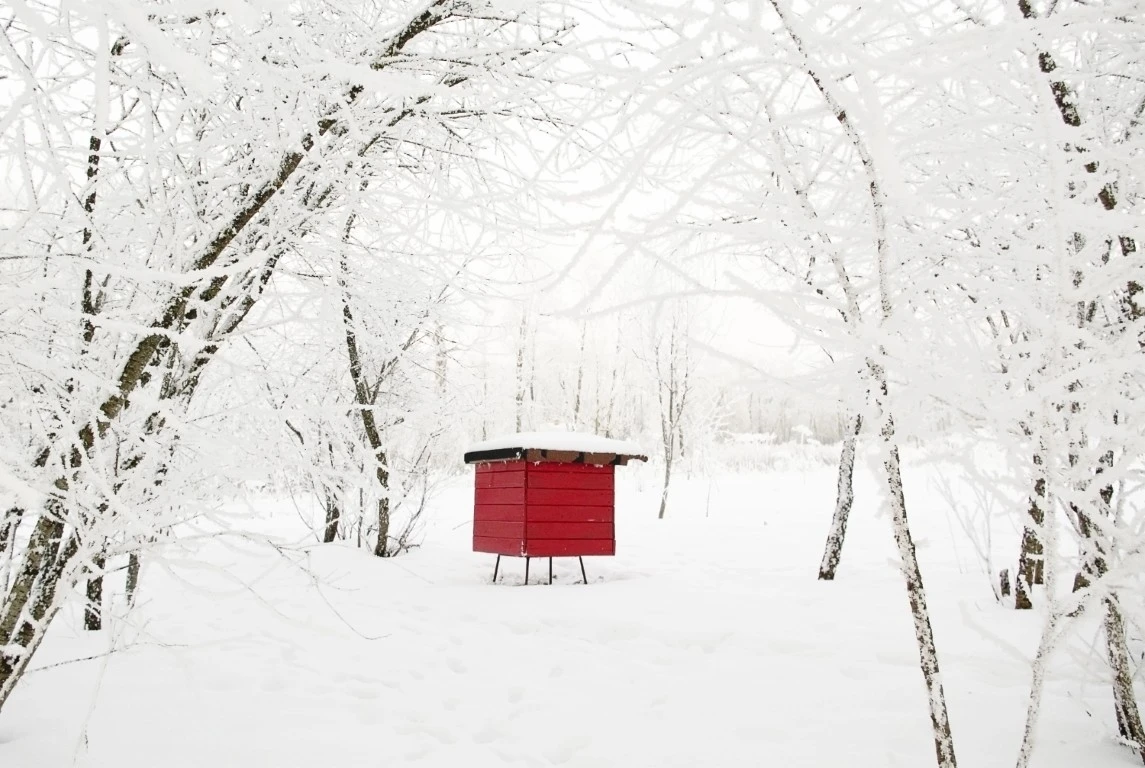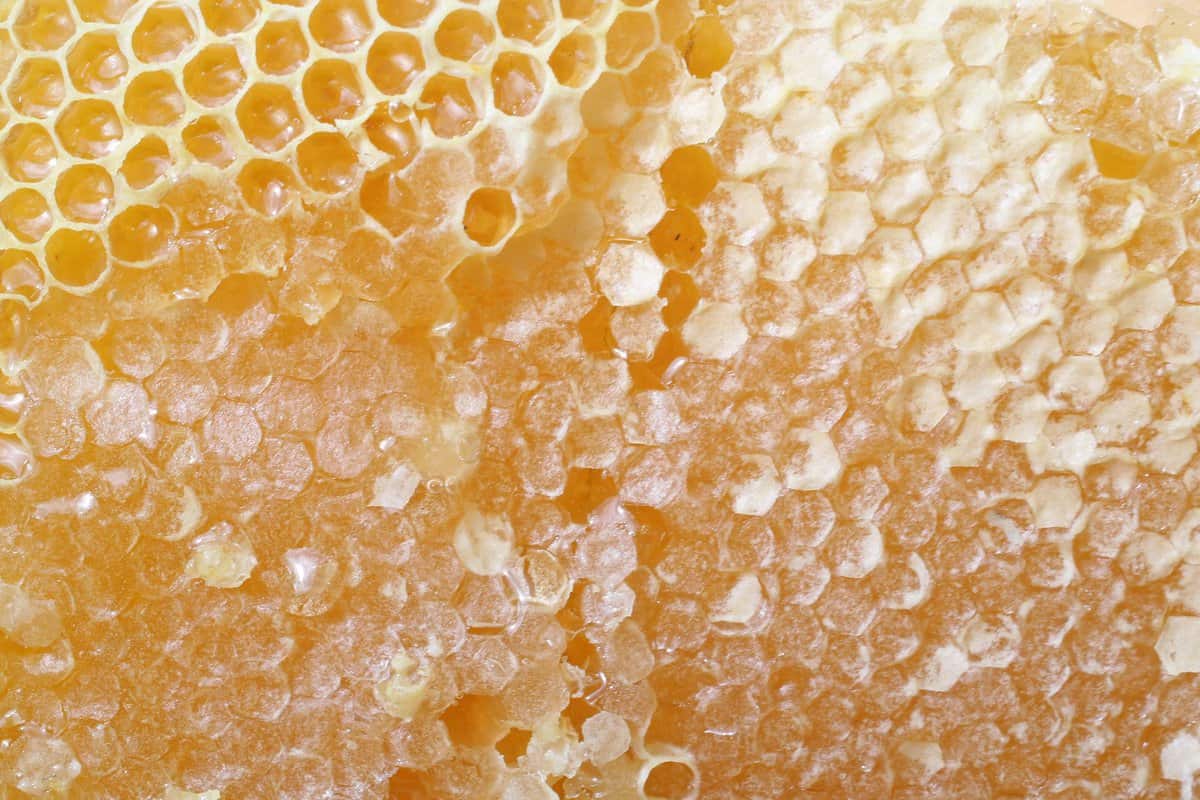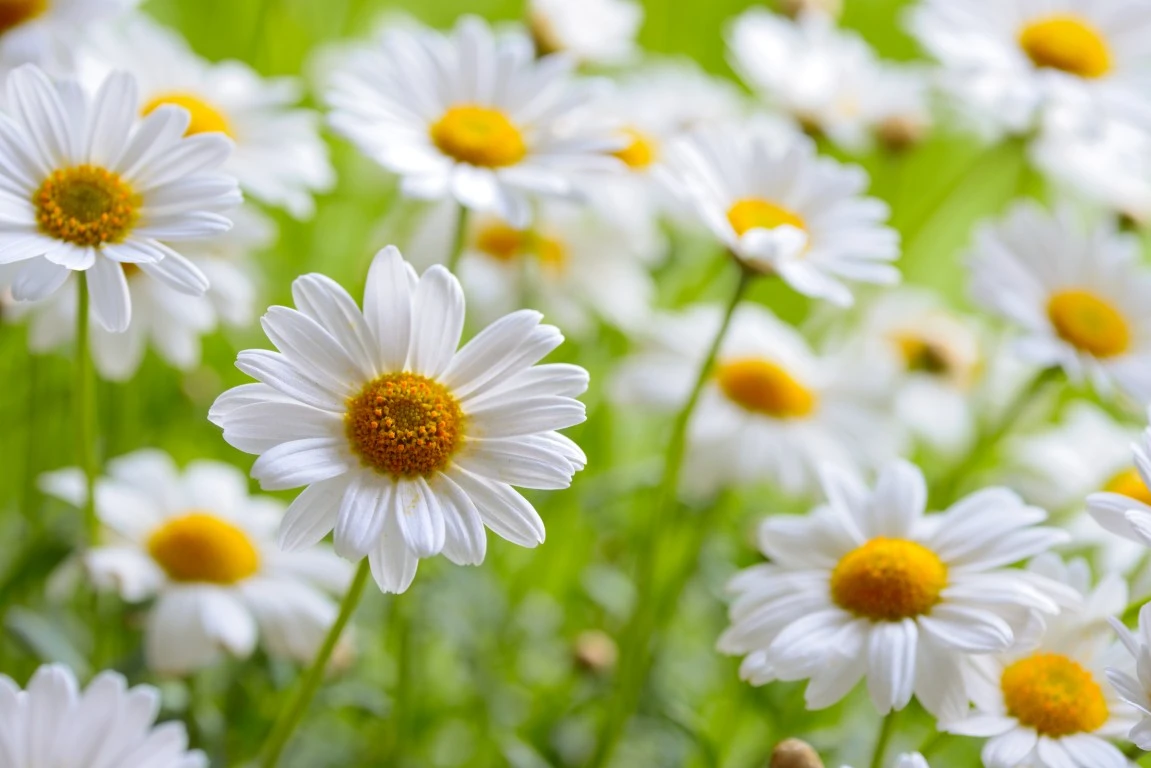Your cart is currently empty!
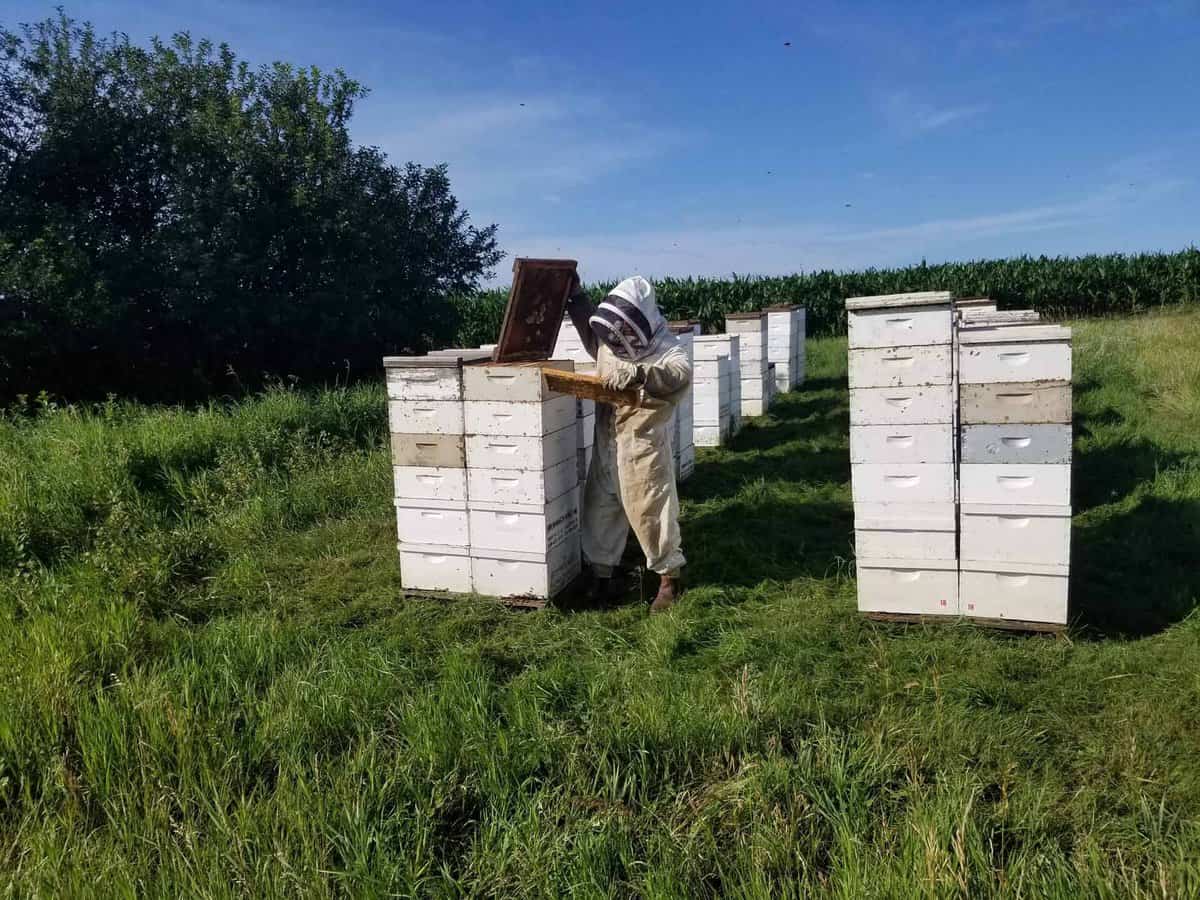
A Sweet Tradition: The History of Beekeeping
September 22, 2025
Table of Contents
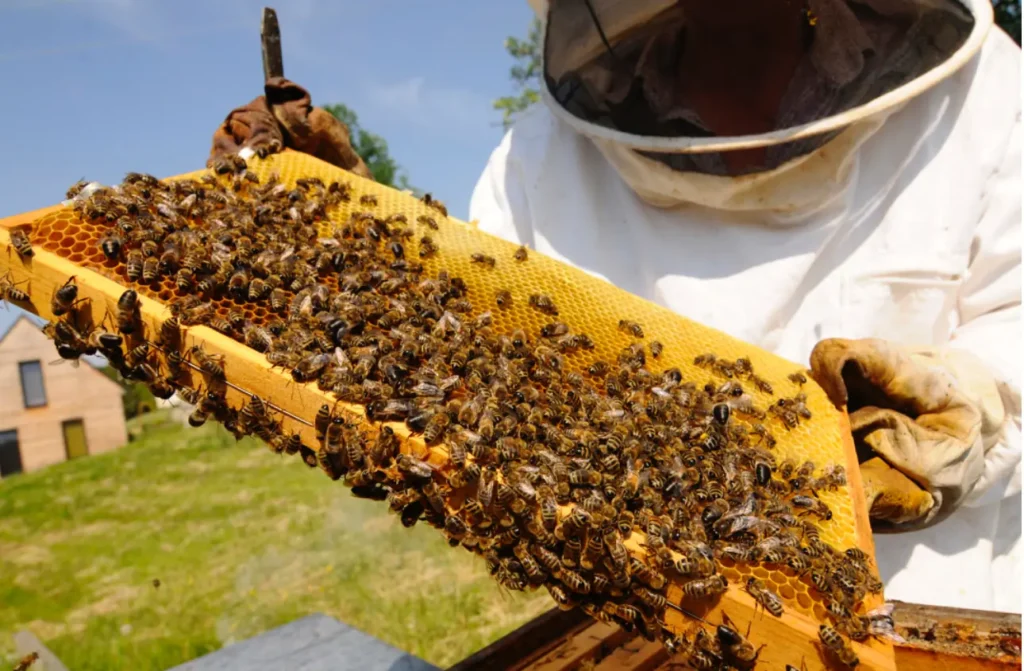
Beekeeping, also known as apiculture, is one of humanity’s oldest agricultural practices. For thousands of years, people have been fascinated by bees, not only for their honey but also for their role in pollination, wax production, and even their symbolic importance. Let’s take a journey through the history of beekeeping and see how this ancient practice evolved into the modern industry we know today.
Ancient Beginnings
The earliest evidence of humans harvesting honey dates back around 15,000 years ago, in a cave painting found near Valencia, Spain. This painting and similar ones, dating back 9,000 years, depict people gathering honey from wild hives. By around 2400 BCE, Egyptians were keeping bees in clay cylinders, carefully tending to colonies and recording their practices in hieroglyphs. They not only used it as a sweetener but also as a prized offering to gods and pharaohs. Egyptian mythology linked the sun god Ra to the creation of bees.
Ancient Egyptians would use twigs and reeds to create hives and manage honeybee colonies, and clay vessels to store honey. These vessels were stamped with information about the quality and color.
In ancient Greece, honey was considered “the food of the gods” and was used for culinary, medicinal, and religious purposes. Ancient Greeks also recognized the value of and used beeswax. Aristoel wrote about bees in detail, noting their complex behavior and the way they lived in organized colonies. Across the ancient world, honey and beeswax held economic, medicinal, and spiritual significance.
The Middle Ages
During medieval times in Europe, beekeeping became more structured. Monasteries often maintained hives, using beeswax for candles in religious ceremonies. Beekeepers crafted woven skeps, dome-shaped baskets made of straw or wicker, to house bees. While effective, skeps required destroying the colony or suffocating the bees with smoke to harvest honey, which limited long-term sustainability. Europeans also used “log hives,” which were carved and painted and occasionally made into sophisticated human figures.
During the colonization of the Americas, European honeybees were among the first animals to be shipped with early settlers. It was used instead of highly taxed sugar and as a source of income. Settlers would make candles, lipstick, shoe polish, and mead.
Innovations of the Modern Era
The 19th century revolutionized beekeeping. In 1851, L. L. (Lorenzo Lorraine) Langstroth, often referred to as the “Father of American Beekeeping,” invented the modern movable-frame hive. This design allowed beekeepers to harvest honey without having to destroy the colony, making apiculture far more sustainable and efficient.
In the mid-19th century, Italian queens were introduced, which further expanded beekeeping, notably in the American West. In 1865, Franz von Hruschka invented the honey extractor, which allowed honey to be removed without damaging the comb. Other innovations and improved protective gear soon followed.
Beekeeping Today
Modern beekeeping blends tradition with technology. Today’s hives are designed to maximize bee health and honey production, while also supporting pollination for agriculture worldwide. Beekeepers now face challenges like pesticide exposure, climate change, and colony collapse disorder, which is the mysterious disappearance of most adult worker bees from a honey bee colony. All these challenges make beekeepers’ roles more important than ever.
Does Honey Ever Spoil?
When stored in an airtight container, pure, raw honey will never spoil because of its high sugar content, low moisture and pH levels, and natural enzymes, which create an environment where bacteria and other microorganisms cannot survive.
The sugar in honey can solidify over time, making it appear cloudy and thick, but this doesn’t mean it’s gone bad. You can warm a jar of honey in a bowl of warm water to return it to a liquid state. It can also darken in color and lose some aroma and flavor if it is high-quality, unpasteurized honey.
If your honey has mold on the surface or smells sour, it has been exposed to enough moisture and contaminated air to go bad.

Why Beekeeping Matters
From ancient clay hives to modern apiaries, beekeeping has always been about more than just harvesting honey. Bees are vital pollinators for much of the world’s food supply, making beekeeping crucial to global agriculture and ecosystems. By understanding its history, we can better appreciate the deep bond between humans and bees.
Beekeeping: An Ancient and Modern Practice
The history of beekeeping is a story of adaptation, innovation, and respect for nature. What began as a simple honey gathering evolved into a vital practice that sustains both the food supply and the planet. As you look ahead, protecting bees and supporting sustainable beekeeping ensures this ancient tradition continues for generations to come.
